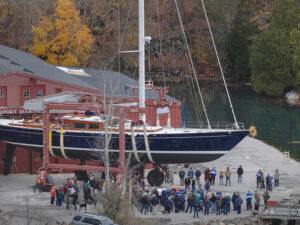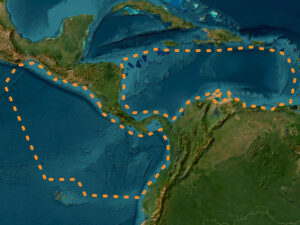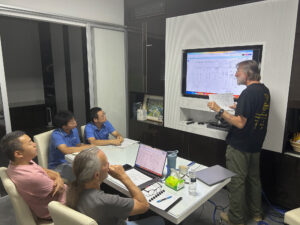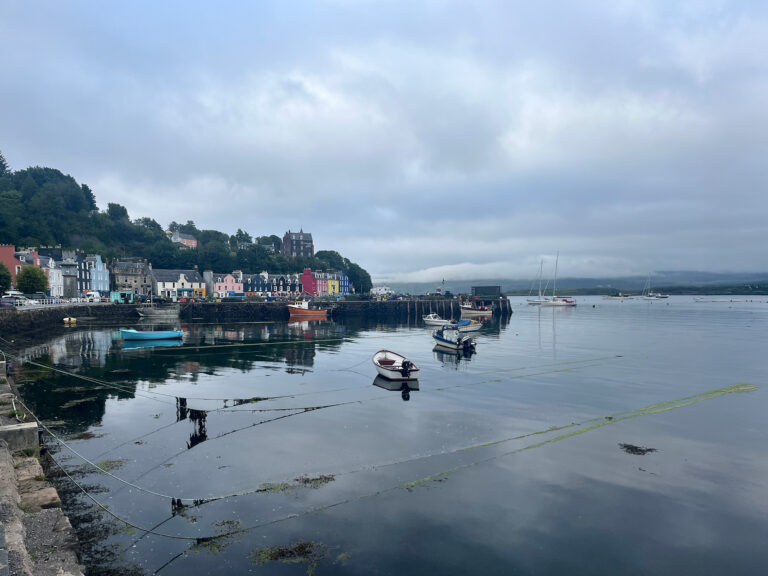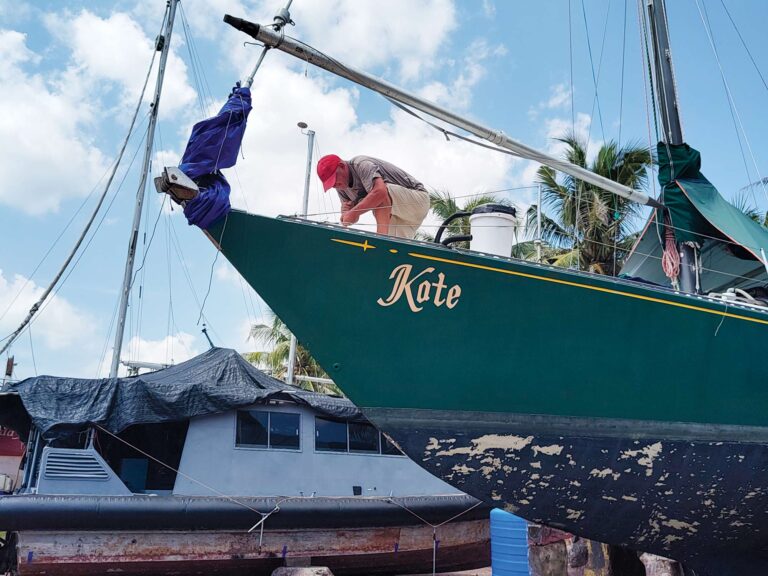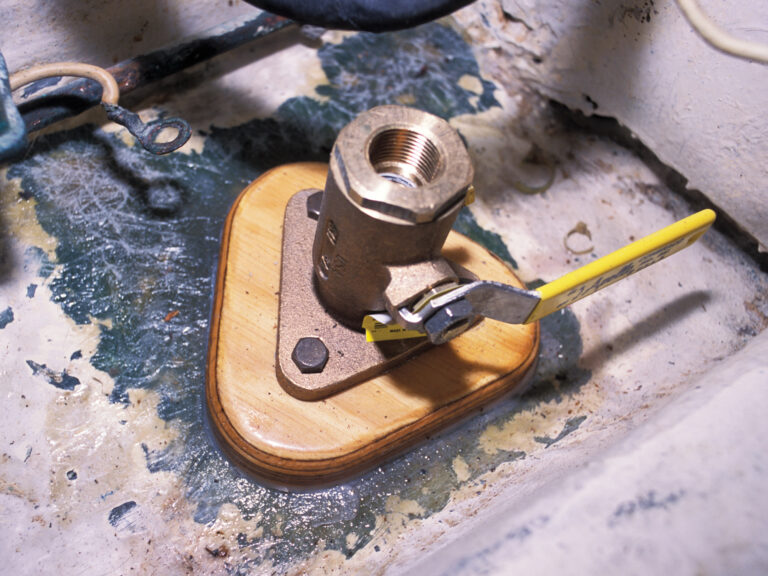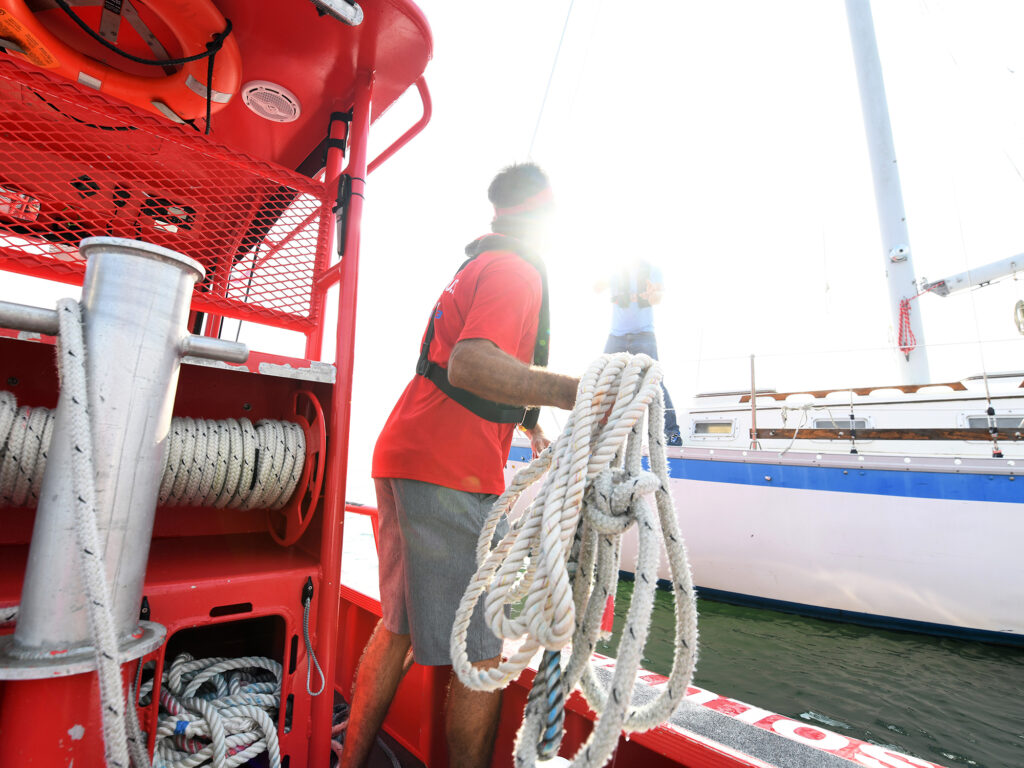
As the Erie Canal celebrates its 200th anniversary, TowBoatUS marks the milestone with a new video showcasing its 24/7 on-water towing service that continues the canal’s long-standing tradition of helping boaters navigate safely.
Opened in 1825, the Erie Canal transformed commerce and transportation in New York, linking the Great Lakes to the Atlantic Ocean. Today, the 363-mile waterway is a beloved route for recreational boaters, anglers, Great Loop cruisers, and commercial tour boats. Although the mules have long since been replaced by modern vessels, the need for towing assistance remains, a role TowBoatUS has filled with professionalism and reliability for years.
TowBoatUS operates multiple service locations along the canal corridor—from Oneida Lake, Oswego, to Buffalo and Lockport—providing fast response towing, soft ungrounding, fuel delivery, and battery jump services. In a recent interview, Capt. Grant Langheinrich of TowBoatUS Oneida Lake said, “We’ve towed boats from Oneida Lake to Lockport, sometimes responding by water but often by trailering our response vessel and launching closer to the boater needing assistance, saving valuable passage time.”
The new video produced by BoatUS celebrates both the canal’s bicentennial and the ongoing support TowBoatUS offers to thousands of boaters each year. It highlights real-life towing rescues and underscores the importance of professional assistance in keeping recreational boating safe and enjoyable on this historic waterway.
The Erie Canal remains a significant economic engine for upstate New York, generating nearly $3 billion annually in combined economic and tourism impacts. TowBoatUS membership continues to grow in the region, providing boaters peace of mind with unlimited towing plans and other benefits.
For boaters cruising the Erie Canal or its connected waterways, knowing TowBoatUS is just a call away adds a layer of safety reminiscent of the canal’s heritage of dependable support.
The video can be viewed on TowBoatUS’s website and social media channels, offering a modern tribute to a two-century tradition of helping boats stay afloat and moving forward.
Best Practices When You Need a Tow
Even the best-maintained cruising boats occasionally need help. Whether you’re transiting a canal, navigating a remote anchorage, or stuck mid-crossing, here’s how to make things easier—for you and your towing crew.
Know Your Location. Before calling for assistance, jot down your GPS coordinates, nearby landmarks, lock numbers, or mile markers. In confined waterways like the Erie Canal, noting your direction of travel and last known location can help a towing crew reach you faster.
Hail Promptly, But Clearly. Use VHF Channel 16 or call the BoatUS Dispatch Center (800-391-4869). Briefly describe your vessel (name, length, color), the issue (e.g., engine won’t start, soft grounding), and confirm if there’s immediate danger or if all crew are safe.
Prep for the Pickup. Have lines and fenders ready on both sides of the boat. Towing crews may need to approach from either side or pass you a towline. Make sure someone aboard is ready to receive lines, but avoid wrapping them around hands or cleats prematurely.
Don’t Forget the Anchor. If you’re adrift and waiting for assistance, consider deploying an anchor—especially in wind, current, or traffic—to avoid drifting into hazards. Towing crews appreciate knowing your position is secure when they arrive.
Communicate, But Stay Calm. Towing captains are licensed pros. Once they arrive, follow their instructions and keep communication clear. If conditions change or you have onboard concerns (like steering or rudder damage), let them know before the tow begins.
After the Assist… Once safely towed to a dock or service facility, take time to inspect systems and address the root cause of the issue. A tow is the fix for today—but a proper repair ensures smoother sailing tomorrow.

